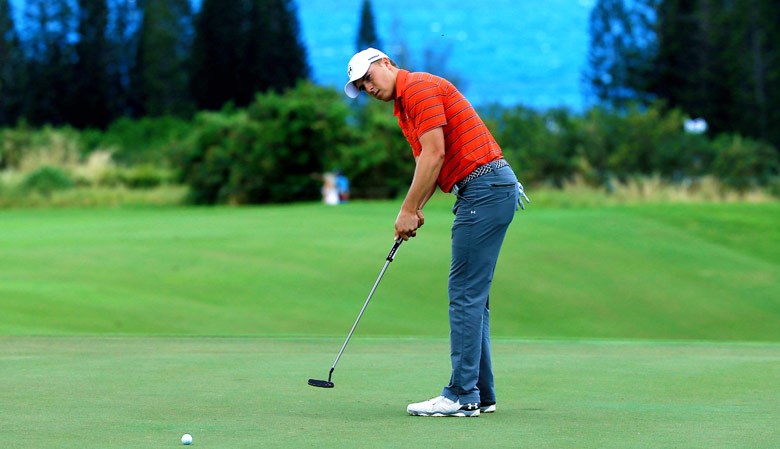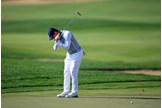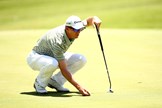Forget “drive for show, putt for dough” – it’s not putting that’s letting you down
Last updated:
Golf stats have evolved from the early days of fairways hit, greens in regulation and number of putts. The sophisticated and comprehensive stats on offer these days play a huge role in influencing the way Tour pros practise, strategise, and play.
The PGA Tour uses ShotLink to track every shot hit during their events. Players use this data to analyse how they perform against their fellow pros on a variety of skills, and thus see where they need to improve if they want to win more tournaments. And believe me, even the world number one wants to win more tournaments. These stats have made it clear that all Tour pros are actually very similar from 150 yards and in. It’s from that distance and above that the superstars are better than the average pros at hitting the ball close, and that’s where their scores start to look very different to the players who are usually floating around the cut line.
Even if you’re not fortunate enough to play on a tour that tracks your shots for you, you can still use data to improve your own game. Studies have shown that the best way to improve your scores is by driving the ball better. Any mention of this on Twitter generates countless shocked responses from people willing to bet their house that it’s the putter that makes the biggest difference, but that is an old myth simply not backed up by the data. “Drive for show, putt for dough” might rhyme nicely, but so does “in the rain, don’t stroke a lion’s mane”. Neither of them are going to make you a better golfer. You need to look at the facts, not your emotions.
“Short game and putting make up just 32 per cent of the difference between winners and the rest of the field,” says Mark Broadie, the leading stats man in golf. “Driving and approach shots make up the other 68 per cent.”
Let’s imagine you’re playing a round against a Tour pro. You’ve both got a three-foot putt. Most of the time, you will both hole it, meaning you’ve matched him on that statistic. On the next green, you’ve both got a putt from outside 20 feet. Both of you are unlikely to make it, so simply two-putting will mean you’ve matched this imaginary Tour pro. On putts between three and 20 feet, he is likely to outperform you, but he won’t make all of them and you won’t miss them all.
Watching golf on TV, it’s easy to assume that pros rattle in long putts on almost every green. That’s because watching players miss putts from 30 feet and then tap it in doesn’t make for very exciting viewing. TV channels show you the monster holed putts, because that’s what you want to see. If you had umpteen TV cameras covering your next monthly medal, jumping from green to green to produce a highlights package, you’d get your fair share of long holed putts and chip-ins. In reality, at distances over eight feet, pros make fewer than half their putts. It’s only because of the last-gasp nature of putting and the effect a holed or missed putt has on your psyche that it is so over-rated as a game-improver.
John Senden holed more putts from outside 25 feet than anyone else on the PGA Tour last season, but he wasn’t exactly draining them on every other hole. He made 30 in the whole season, from 99 rounds. Believe me – it’s not your failure to hole putts from 25 feet that is stopping you from making it on the PGA Tour.
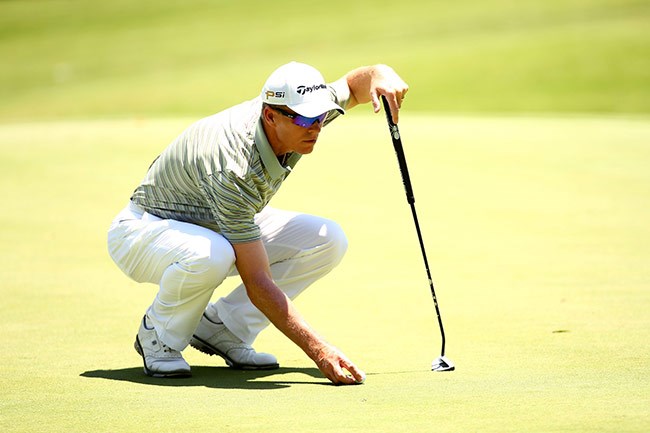
Where the long game is concerned, it’s a different story. If you and Rory McIlroy are both 200 yards out, the results are likely to be very different. And on the tee, being able to bomb it 300 yards down the fairway pays dividends. You’ll be hitting a shorter iron for your approach, which will give you a chance of hitting it close and more chance of holing a putt. This isn’t just my opinion; the numbers are there to back it up. And yet people still think that being a good putter makes all the difference. My advice is simple: the facts are there for all to see… believe them!
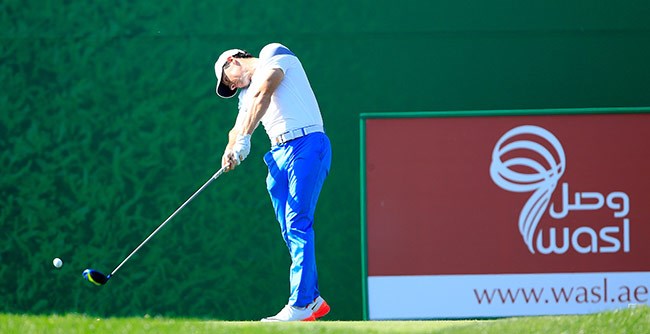
I am a great believer that the driver is the key club. Whatever your current ability, if you can start getting yourself in decent positions off the tee, the game will start to feel much easier. One of the worst and most destructive cliches in golf is that “putting is half the game”. There are very few instances when a player can make himself stand out from the crowd putting. Good players separate themselves by hitting bigger and better drives, and capitalising on these by hitting their irons closer to the hole. That is what makes them better than the rest.
